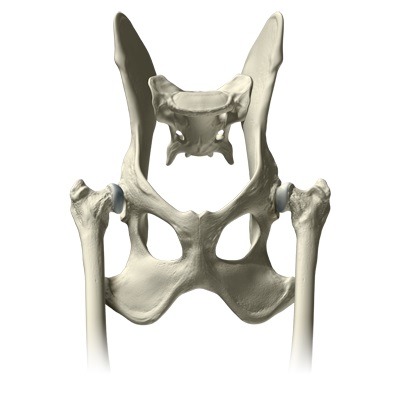Hip dysplasia (HD)

Hip dysplasia (HD) is the deformity of the hip joints which occurs during growth and leads to arthritis, instability, and abnormal joint function. It is most common in giant breeds of dogs.
Symptoms of the hip in dogs include lameness, decreased activity, loss of thigh muscle mass while others may not show any symptoms. Hip dysplasia is suspected based on the breed and age of the dog. To confirm the presence of dysplasia, radiographs are taken. However, the appearance of bones on the radiographs may or may not be in accordance with clinical signs experienced by the patient. The dog may face severe pain but the changes in the appearance of bone on the radiograph may be mild and vice versa. Hip dysplasia eventually leads to arthritis of different levels. The degree of arthritis, age, and body weight of the dog determines the treatment for dysplasia which is aimed at restoring the function of the joint and getting rid of the pain. In severe cases, surgery such as total hip replacement and triple pelvic osteotomy (TPO) may be needed. Medical interventions such as food additives, maintaining a healthy weight, prescribing non-steroidal anti-inflammatory drugs (NSAIDs) can help in managing mild cases of hip dysplasia. As it is an inheritable condition, dogs with hip dysplasia must not be bred.
